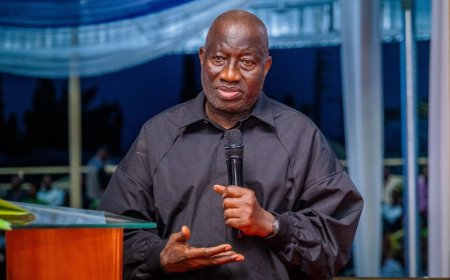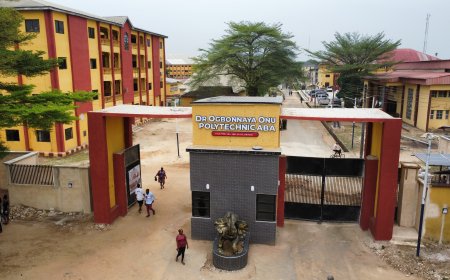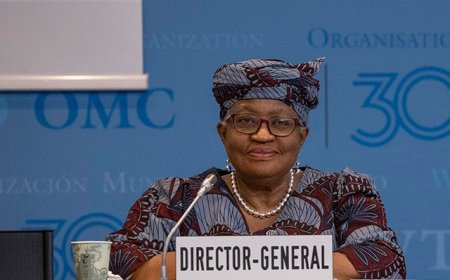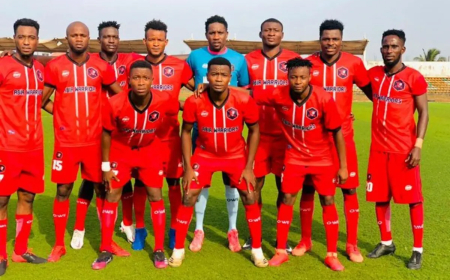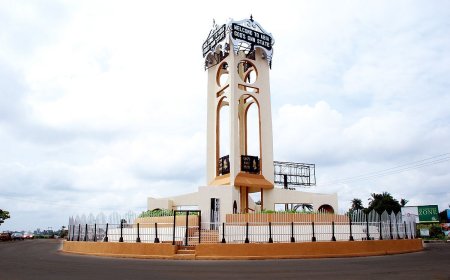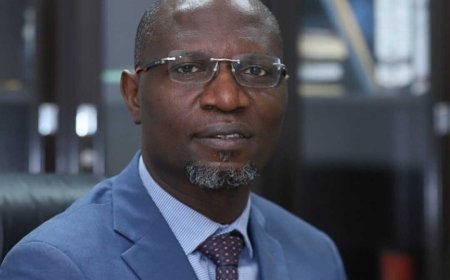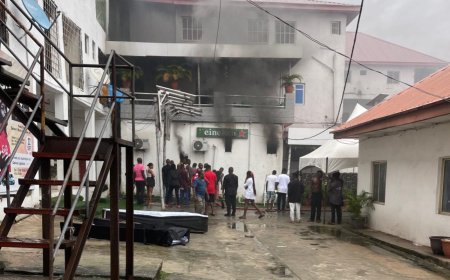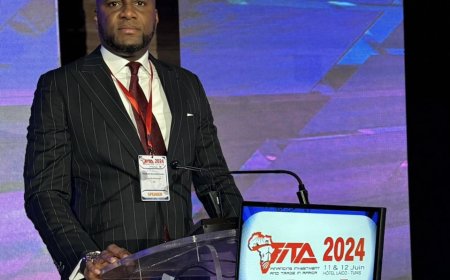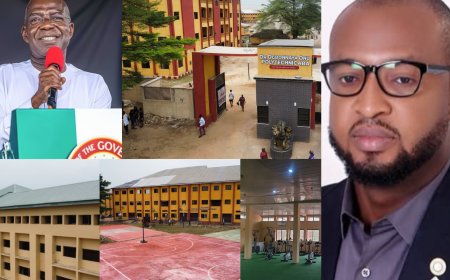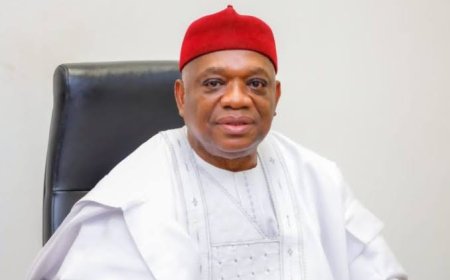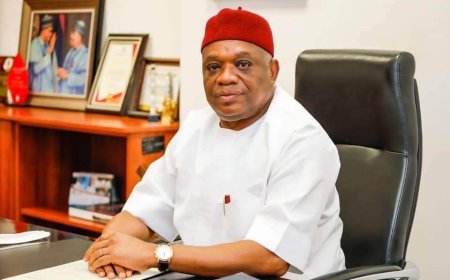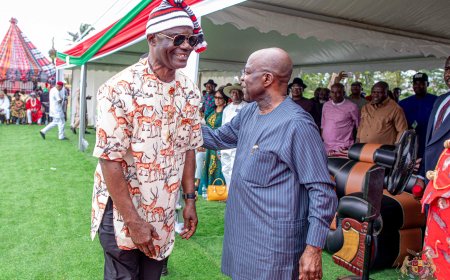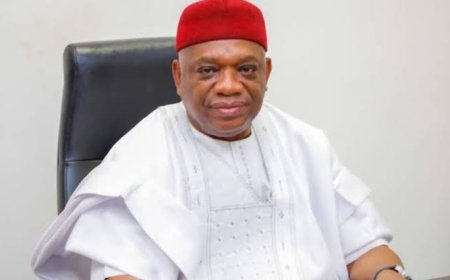Hope Rises as Group Unveils Plan to Restore Electricity in Ohafia After Years of Blackout
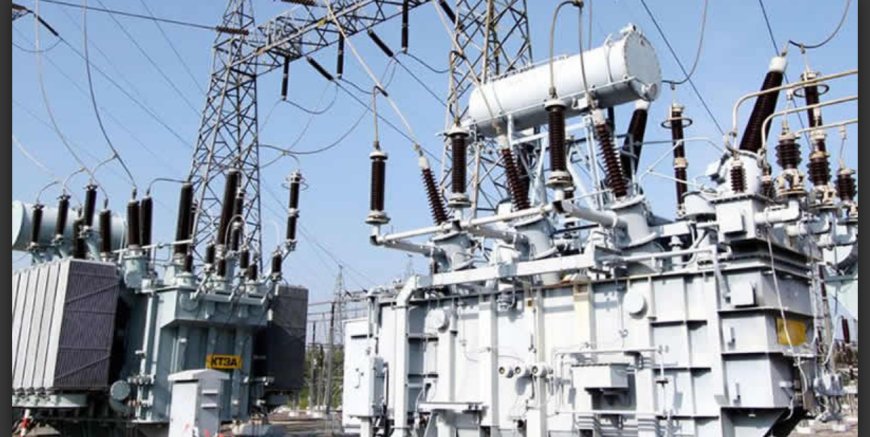
After nearly a decade of persistent darkness, despair, and infrastructural stagnation, the people of Ohafia in Abia State may soon see the light—literally. A grassroots socio-developmental group, the Ohafia Udumeze Movement (OUM), also known as Make Ohafia Great Again (MOGA), has declared a bold and strategic plan to restore electricity across the Ohafia clan through a community-driven initiative titled Operation Light Up Ohafia (OLUA).
Rising from two crucial meetings held on May 24 and June 9, 2025, the group announced that it had concluded concrete arrangements with a power generation company to site an independent power plant in Ohafia. The news sent waves of optimism throughout the communities, many of whom have been plunged into total blackout for the past seven years, with some villages enduring even longer.
Speaking during the meeting, the President General of OUM, Dr. Ukpai Iro Ukpai, radiated unwavering optimism, calling the electricity crisis the most “compelling and relevant discourse” for the survival and development of Ohafia. He emphasized that the way forward was no longer mere lobbying or blame-trading but direct action, powered by research, strategic partnerships, and community commitment.
“We have found a path—one that leads not just to light, but to hope, growth, and restoration,” Dr. Ukpai declared. “For the first time, we have a working blueprint backed by experts and stakeholders. This time, we will get it right.”
The project is seen as a direct response to years of frustration that saw past efforts—by both governments and individuals—end in failure. Even previous state-led initiatives, such as those under former Governor Dr. Okezie Victor Ikpeazu, which included committee setups and budget allocations, did not yield lasting results. The power crisis had grown into a festering source of communal anger, marked by blame games, allegations of sabotage, and political finger-pointing.
OUM, however, is determined to change that narrative. Unlike previous movements, it has outlined a clear mission, defined leadership, and tangible timelines. The leadership team is composed of handpicked technocrats, professionals, and community influencers who have pledged to pursue the goal with integrity and focus.
MOGA’s Operation Light Up Ohafia differs significantly from previous initiatives. Unlike past efforts which often lacked focus or coordination, MOGA’s structure, research-backed planning, and credible partnerships with private power providers set it apart.
In a region rich in human capital, agricultural resources, and business potential, electricity is not just a need—it is a necessity. Ohafia boasts a population of renowned academics, technocrats, politicians, and entrepreneurs. Yet, these assets have been greatly underutilized due to lack of power.
The power outage has slowed economic activities, stunted technological advancement, and disrupted education and healthcare services. Local efforts, including community contributions, philanthropy, and self-help initiatives, have made valiant attempts—but without long-term success.
Now, the call from MOGA is for unity, collaboration, and collective ownership of this dream. It is a challenge not just to fix wires and transformers, but to rebuild trust, restore community pride, and rejuvenate Ohafia’s identity as a thriving part of Abia State and the South East.
“We call on all stakeholders—indigenes, government agencies, corporate partners, and Ohafia sons and daughters in the diaspora—to come onboard. Together, we will make Ohafia great again,” Dr. Ukpai urged.
As the groundwork for the power plant begins, hopes are high that Ohafia may finally rise from the shadows. The light at the end of the tunnel may, at last, be in sight.





